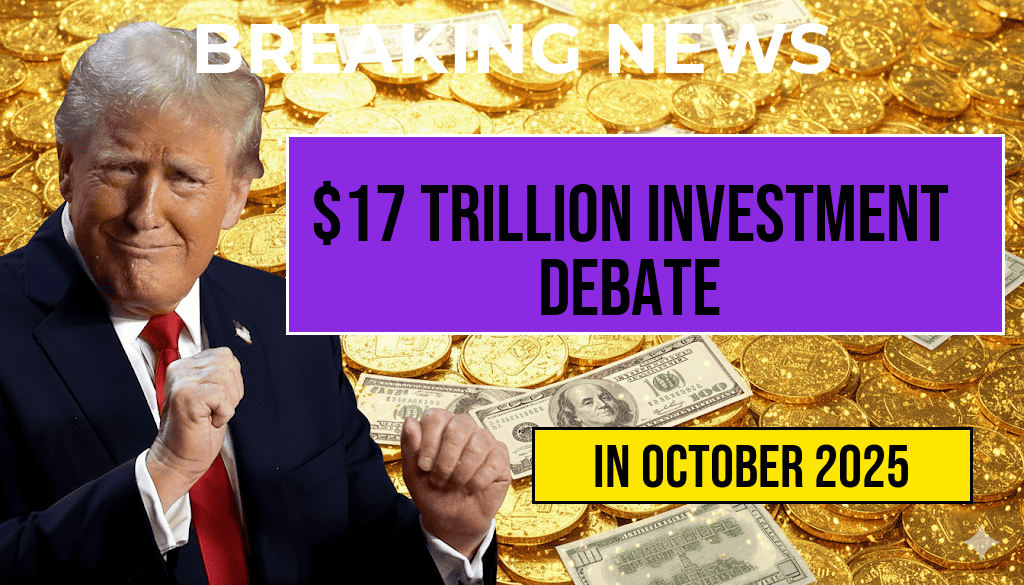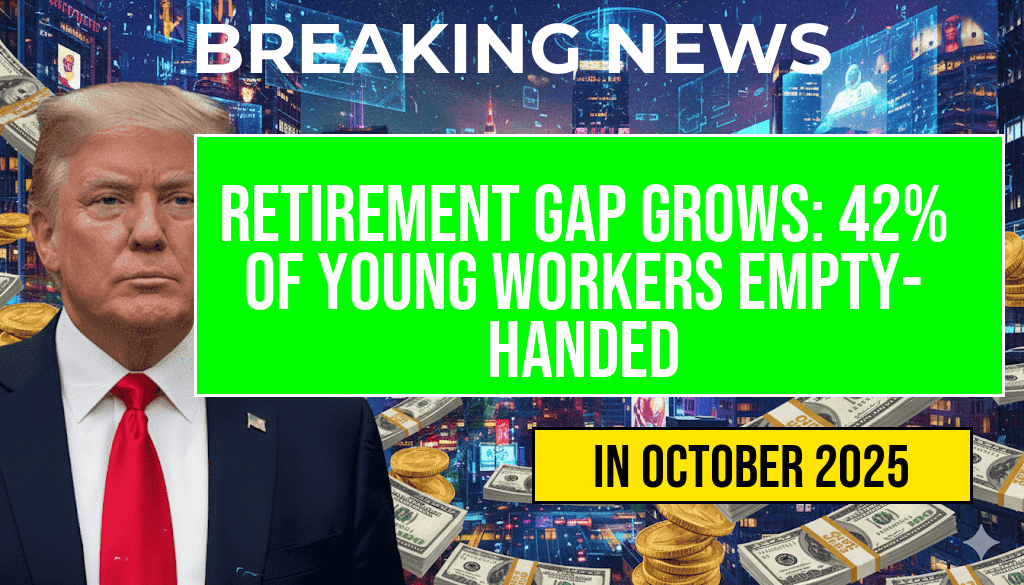Amid mounting debate, economists are sharply divided over the scale and implications of former President Donald Trump’s global investment portfolio, which reportedly exceeds $17 trillion. While some analysts view this figure as a testament to Trump’s expansive financial reach and international influence, others raise questions about its accuracy and the potential economic and geopolitical repercussions. The controversy has ignited a broader discussion about transparency in global finance, the role of political figures in international markets, and the true magnitude of Trump’s economic footprint. As experts dissect the numbers, the debate underscores the complex nature of large-scale investments and their potential to reshape global economic dynamics.
Unpacking the $17 Trillion Claim
The Origins of the Figure
The $17 trillion figure originates from recent investigative reports that aggregate various assets, investments, and business holdings linked to Trump’s international dealings. Sources suggest that this sum encompasses real estate holdings, business ventures, and financial instruments spread across multiple jurisdictions. However, critics warn that the figure may include assets not entirely under Trump’s direct control or ownership, raising questions about its precise scope.
Methodology and Data Challenges
Economists emphasize that estimating the total of a business magnate’s global investments involves complex accounting, often relying on publicly available data, which can be incomplete or outdated. The lack of transparency surrounding private holdings further complicates efforts to verify the total. For instance, some assets are held through subsidiaries or offshore accounts, making their valuation and ownership status difficult to confirm definitively.
Clashing Perspectives Among Economists
Supporters of the $17 Trillion Figure
- Financial analysts and some academics argue that the figure accurately reflects Trump’s extensive international footprint. They cite his business ventures in real estate, branding, and licensing as evidence of a global economic presence that surpasses typical corporate portfolios.
- Proponents also contend that this level of investment demonstrates Trump’s capacity to influence markets and negotiate international deals that could benefit U.S. economic interests.
Critics and Skeptics
- Many economists and transparency advocates contend the figure is inflated or improperly aggregated. They point out that the calculation may include assets that are not liquid or under Trump’s control, thus overstating his direct financial influence.
- Some warn that conflating business holdings with personal wealth or political influence can distort perceptions and lead to misleading policy debates.
Potential Impacts and Broader Implications
Economic Influence and Market Stability
If the $17 trillion figure accurately captures Trump’s investment scope, it could imply significant sway over international markets. Large holdings in foreign real estate, assets, and businesses often influence currency values, investment flows, and diplomatic negotiations. Such a vast portfolio might also raise concerns about market stability should political or economic shifts threaten these assets.
Geopolitical Consequences
International investors and governments closely monitor the investment patterns of influential figures like Trump. A portfolio of this magnitude could affect diplomatic relations, especially if investments span contentious regions or sectors. Critics worry that opaque holdings might obscure conflicts of interest or influence foreign policy decisions.
Transparency and Regulatory Considerations
| Issue | Implication |
|---|---|
| Disclosure Requirements | Questions about whether such assets are adequately disclosed in financial disclosures and tax filings. |
| Offshore Holdings | Potential use of offshore accounts to manage or obscure assets, raising compliance concerns. |
| Foreign Investment Regulations | Impacts on national security and foreign influence policies, especially if investments involve sensitive sectors. |
The Role of Media and Public Discourse
As the debate over the $17 trillion figure unfolds, media outlets play a crucial role in scrutinizing the data and providing context. Transparency advocates push for more detailed disclosures from political figures, while critics emphasize the importance of verifying figures before drawing conclusions. The controversy highlights the need for clearer standards in tracking and reporting the financial activities of high-net-worth individuals with international holdings.
Looking Ahead
With ongoing investigations and a polarized political landscape, the true extent of Trump’s global investments remains a subject of intense scrutiny. As new information emerges, policymakers, economists, and the public will continue to grapple with the implications of such vast financial networks. Whether the $17 trillion figure stands up to scrutiny or serves as a symbolic benchmark, it has already sparked vital conversations about transparency, influence, and the future of global economic governance.
Frequently Asked Questions
What is the main focus of the article titled “The $17 Trillion Question”?
The article examines the ongoing debate among economists regarding Trump’s massive global investment figures and the implications of such large-scale financial activities on the global economy.
Why are economists clashing over Trump’s investment figures?
Economists are clashing due to differing interpretations of the data related to Trump’s global investments, with some questioning the accuracy and impact of these financial activities.
What is the significance of the $17 Trillion figure mentioned in the article?
The $17 Trillion figure represents the estimated total value of Trump’s global investments, sparking debate about its accuracy and the economic influence it may have worldwide.
How do economists differ in their views on Trump’s investment impact?
Some economists argue that Trump’s investments could bolster economic growth and job creation, while others believe they pose risks to financial stability and market volatility.
What are the potential global economic implications discussed in the article?
The article explores how Trump’s investment activities might influence international markets, trade policies, and overall global economic stability.






